About Time
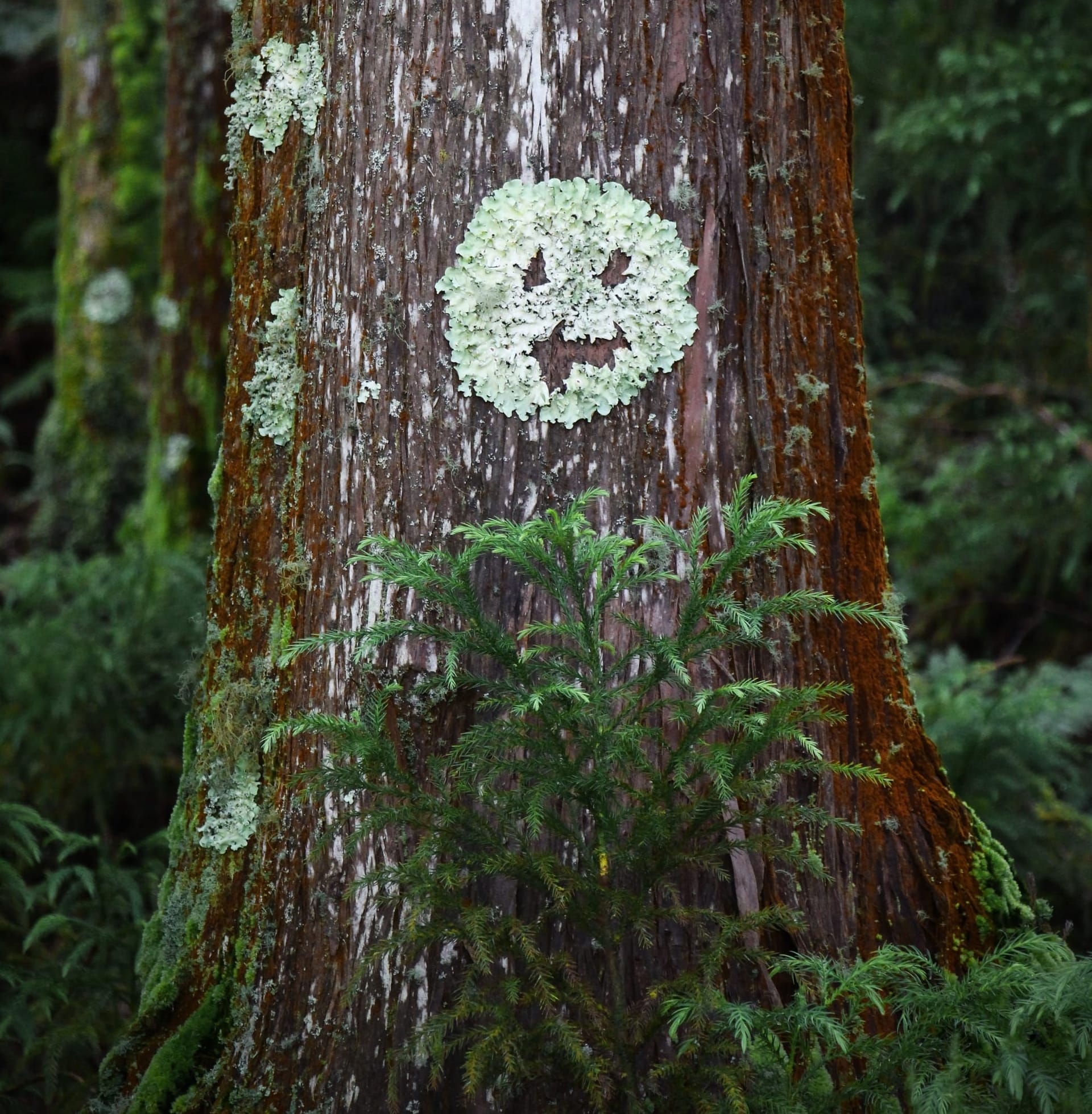
“Nothing is real unless it is observed.” — John Gribben, In Search of Schrödinger’s Cat: Quantum Physics and Reality
Below a redwood, its crown, is the sky. Tiny needles glisten all day in that blue because sometimes trees are taller than fog.
Then starlight pricks through the purple night, touching those top limbs first. Way down here, below fog line, we’re the future, the light older and full of history when it arrives.
Truly distant objects, like the constellation of stars we call Orion, are always measured in light years. If Betelgeuse, the star marking Orion’s right shoulder, exploded now, we (well, the future we) wouldn’t see it happen until the year 2650, give or take a few years.
I climb a massive stump, perhaps more than a thousand years old, stand in its hollowed heart, green saplings all around the edges, soaking in the muted sun.
"It's about time."
That’s what my mother used to say, especially the summer I was 14. She’d look up from her sewing, call through the screen to me, where I lay in grass, head propped against a knob of exposed tree root, book angled on my belly, reading for hours.
“It’s about time you got off your backside and got busy, isn’t it?”
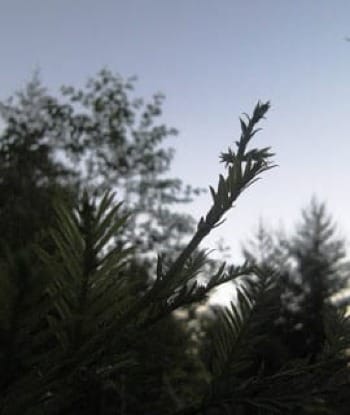
It is about time. Living among redwoods now, mostly second and third growth, but with easy access to the ancient ones, is to literally look at time—hundreds or more than a thousand years passing to my meager decades.
I put hand to damp bark, notice the furrowing in both. I let my eyes scan from the tree’s base, buried into thick layers of forest litter, slowly up the trunk, getting lost high up in the limbs, lichens, a few swaying strings of Spanish moss, the mosaic design of tree and sky combined.
I wonder how my looking at the tree, touching it, visually measuring its height, affects it.
In physics, sub-atomic or quantum physics, a line of thinking holds that mere observation affects the course or outcome of processes and interactions. Alternatively, without the interference of observation, all courses of action are simultaneously possible. In short, “nothing is real unless it is observed.”
If I hadn’t watched my mother die several years ago, held her hand, measured her remaining life by the sweep of the second hand on the hospital clock, could she still be here, somewhere?
That teenage summer under the white oak, I mulled through a stack of science books borrowed from the library. The general theme of that distant summer: time, space, and the nature of reality.
Okay, it’s true, I was not what you would call a ‘popular girl,’ so I had plenty of time to think about ideas that I described, appropriately in the lingo of the day, as ‘far out.’ I was ‘in to’ curved space, black holes, quarks, and time as relative (which today I occasionally posit as a reason for being late to a meeting).
It ‘blew my mind’ that the macro-idea of the universe was so intimately entwined with the minuscule, invisible landscape of sub-atomic particles and waves.
I still like to say mu-meson. While the name sounds like a Polynesian appetizer, it’s actually a sub-atomic particle with a half-life of 2 microseconds, which seems awfully brief, but then the human lifespan relative to the history of the universe . . . well, you get the idea.
My little calico is kneading my lap. “Where’s your brother?” I ask her. I’m at my desk now, smiling, remembering the paradox of Dr. Schrödinger’s cat.
Dr. Schrödinger was an Austrian physicist who in 1935 posed a ‘thought experiment’ involving a hypothetical cat, a radioactive atom, a vial of poison, and a steel box. The experiment illuminates the absurdity of applying quantum thinking to everyday life.
In the experiment, a cat encased in a steel box may be dead or alive due to a random event, the decay of a radioactive atom that sets off a lethal chain reaction. Since radioactive decay occurs by chance, the incarcerated cat is neither dead nor alive, according to quantum theory, or is simultaneously dead and alive, remaining in some perpetual state of probability limbo, until the box is opened and the cat observed.
Even at 14, I figured the cat knew better. Whether or not the cat would leap from the box when opened surely had been decided before the observer arrived to lift the lid. I’d already decided that a tree falling in the woods makes a sound without me there to listen. Despite being a teenager, I knew the world wasn’t ‘all about me.’
Still, without any sentient life to experience our world, would it exist?
In the quantum world, reality is boiled down to unseen probabilities conveyed through complex mathematical equations. In short, we dwell in an unknowable mystery.
No kidding, and exactly at the moment I typed the period in the previous sentence, I got a ‘crash dump’ message from MS Windows, and my laptop went black.
Better my laptop than me. Apparently the universe is cranky this morning and doesn’t wish to be defined so simply. Back up now, I’m writing with increased reverence.
Einstein himself had trouble conceiving that the foundation of the universe—of all things and life—balances on random possibilities. “God does not play dice,” he asserted.
On the upside, quantum mechanics suggests that the fundamental particles of existence are somehow interconnected. Once two particles meet, then go their separate ways, what affects one will somehow affect the other despite the distance between them.
Physicists call the phenomenon entanglement. Once entangled, always entangled—the fundamental, if ephemeral, particles are components of some hidden wholeness.
So science and spirituality really are just two paths to the same big questions.
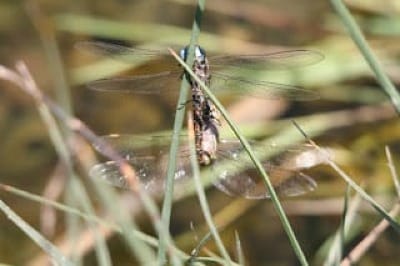
As the summer of 2010 winds down, the dragonflies and damselflies are mating with our pond, tails tapping the water.
A dragonfly’s head is all eyes, literally, the eyes sometimes bigger than the head itself.
What’s that like? How and what do they see? What do they make of me?
I’m especially taken with the bright scarlet ones, called Cardinal meadowhawks. The electric blue California dancers are also pretty spectacular, their flight quick and jerky, pins of blue light poking around the last water lilies.
Recently I watched the more familiar Common green darner, a dragonfly big as my palm, living its aerodynamic life. It glided just barely above the pond’s surface, darted up, arcing, banking, plunging, pursuing other insects I couldn’t see without my glasses, pausing on the tip of a specific rush, then jolting back into the day to do it all again.
After a while, its flight began to stumble, the aviator suddenly in trouble, landing on stones near my feet. It struggled several times back into flight, a dry flutter of its papery wings catching my ears twice.
It dropped back down near a flat, red rock. I let it rest a long time before offering a finger, then touching those opaque, veined wings—all the flight, gone.
Dragonflies only live weeks or a few months once they take to the air. Holding the body in my hand, it looked both prehistoric and brand new.
If certain quantum theory prevails, I may have killed that dragonfly with my gaze.
But I didn’t. The dragonfly is still right here. Can’t you see him (or her)? Haven’t I put that little flyer in your mind?
My watching and telling at least affirmed its life.
Perhaps old Dr. Schrödinger’s cat proved nothing. Perhaps being probably dead and probably alive simultaneously is no more absurd than traveling back in time. Already this morning I’ve been to 1974 and back, and as my 14-year-old self would say, “big deal.”
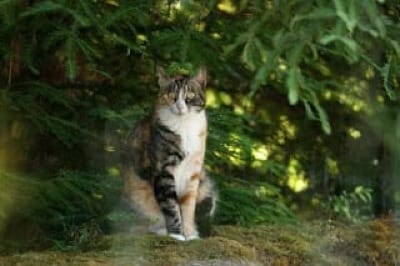
So what is the point of this meandering essay? Perhaps nothing. Perhaps only that living between the time extremes of redwoods and dragonflies is pretty good and ‘way better’ than being a mu-meson.
Certainly we need each other to ‘feel real.’
To have our lives witnessed, allows us to believe we matter, especially against the backdrop of a perpetually expanding universe where most of what exists is invisible to our wet, fluttering, human eyes.
Oh, and always consider the possibilities—or probabilities—before opening a steel box, especially if you aren’t quite sure where your cat is.
“Hey, little calico, where’s your brother?”
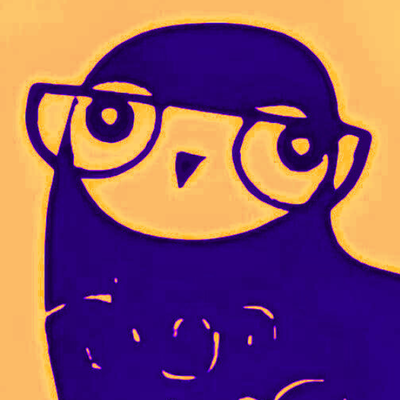
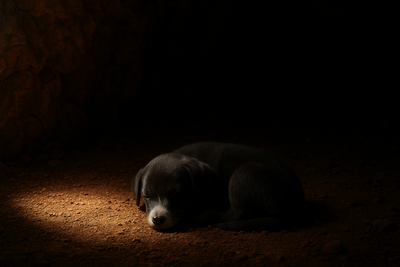
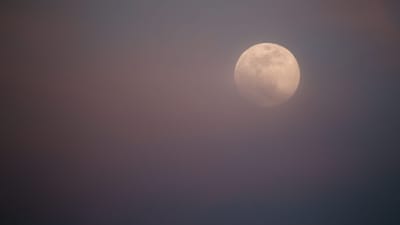
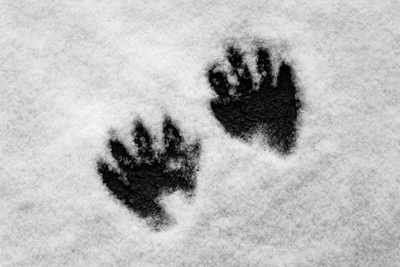
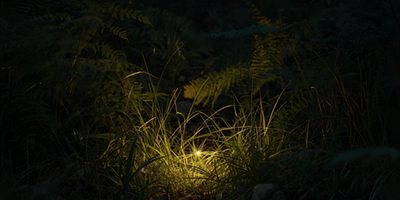
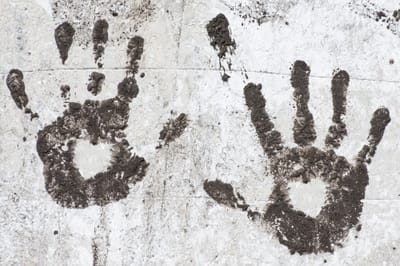
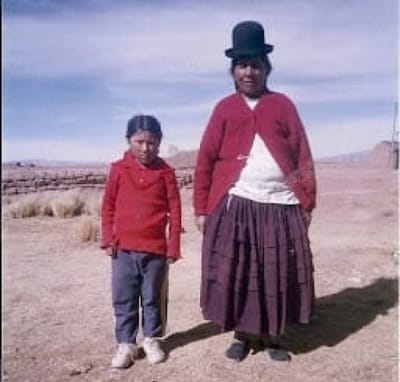
Member discussion